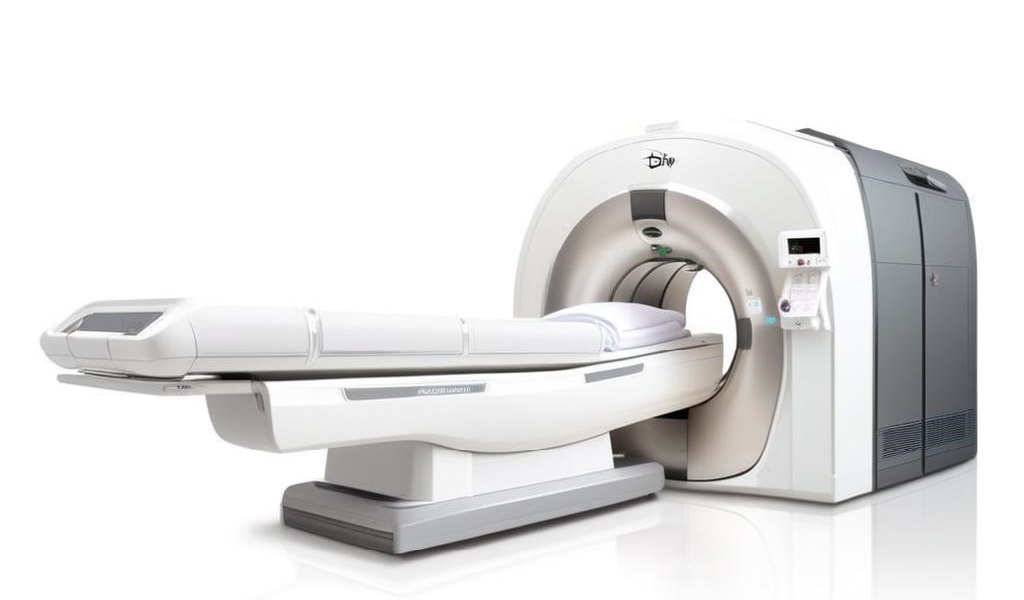So your doctor mentioned a PET/CT scan to check out that lung nodule they found. Let’s be honest—when medical tests sound complex, it’s easy to feel overwhelmed. As a radiologist who’s ordered hundreds of these scans, here’s my unfiltered take on what PET/CT really does, when it’s useful, and when it’s just extra noise.
How PET/CT works
PET/CT isn’t your average scan. It’s like having a detective team inside your body. The CT part takes sharp pictures of your lungs, showing exactly where that nodule is hiding—revealing its size, shape, and relationship to nearby tissues. But the PET? That’s the real game-changer. It uses a tiny dose of radioactive sugar (specifically FDG; don’t worry, you’ll pass it naturally in a day) to spy on your cells’ behavior. Cancer cells are sugar junkies—they devour this stuff like ravenous partygoers. If your nodule lights up like a campfire in the dark, we get suspicious. If it stays dim? Probably just a scar or old infection throwing a harmless shadow.
When it’s useful
PET/CT shines brightest with medium-sized nodules (think pea-sized or bigger) that look questionable on a regular CT. Let’s say you’ve got a 1 cm nodule with jagged edges. A PET scan can tell us if it’s metabolically active—meaning it’s burning through energy rapidly. That activity often signals cancer. But if the nodule is smaller than a pencil eraser? PET/CT struggles to see it clearly, and the radiation exposure (though low) isn’t worth the gamble. We’ll stick to watching it with repeat CTs.
Limits of PET/CT
Sometimes PET/CT can be misleading. Inflammation from a recent cold or even arthritis can create false “hot spots.” I once had a patient whose lung nodule lit up like Times Square—only for a biopsy to reveal it was leftover damage from a hiking trip fungal infection. On the flip side, slow-growing cancers or certain tumor types might not glow much at all. That’s why we never rely solely on PET/CT results. It’s a helpful sidekick, not the hero.
Should you get one?
If your nodule is in the “uncertain zone”—not obviously benign but not screaming cancer—PET/CT can tip the scales. It’s also invaluable for checking if a known cancer has spread. But if your scan comes back glowing, don’t panic. I’ve seen plenty of intense hotspots turn out to be benign. The next step is usually tissue sampling (biopsy) or monitoring with follow-up scans.
Final word
PET/CT is a powerful tool, but it’s not a mind reader. It answers the question, “Is this thing alive and kicking?”—not “What exactly is it?” Use it wisely, and it’ll save you from unnecessary surgeries or anxiety. Ignore its limits, and you’ll end up pursuing false leads.
As I tell my patients: “Scans inform, but we decide.” Let the machines do their job, but never let them drown out common sense.
